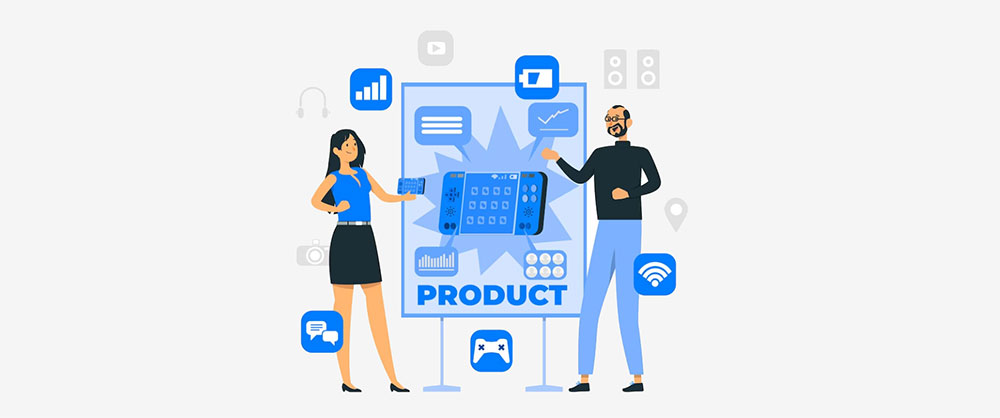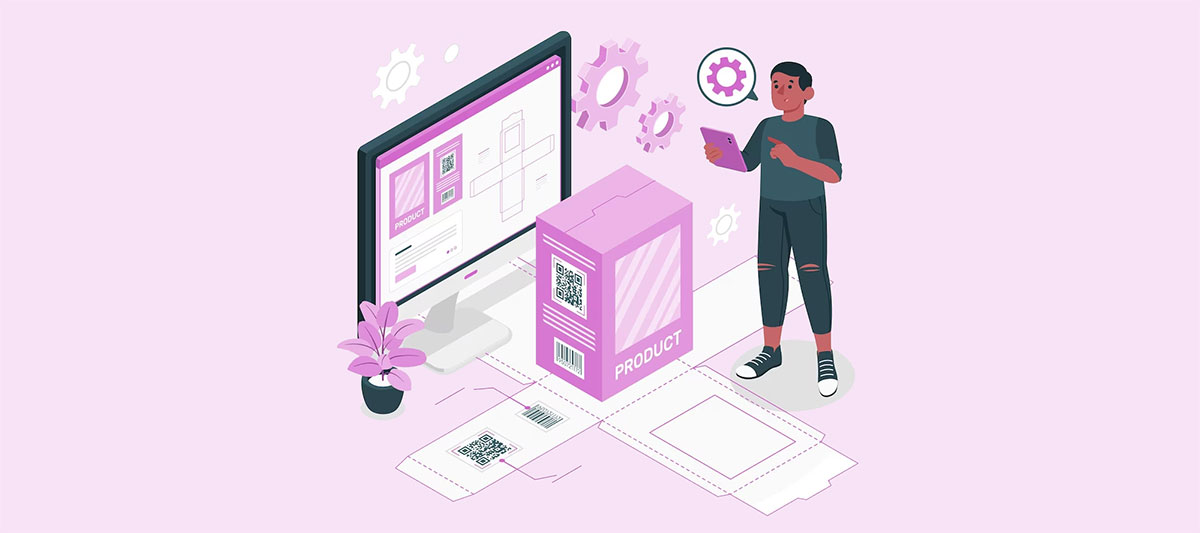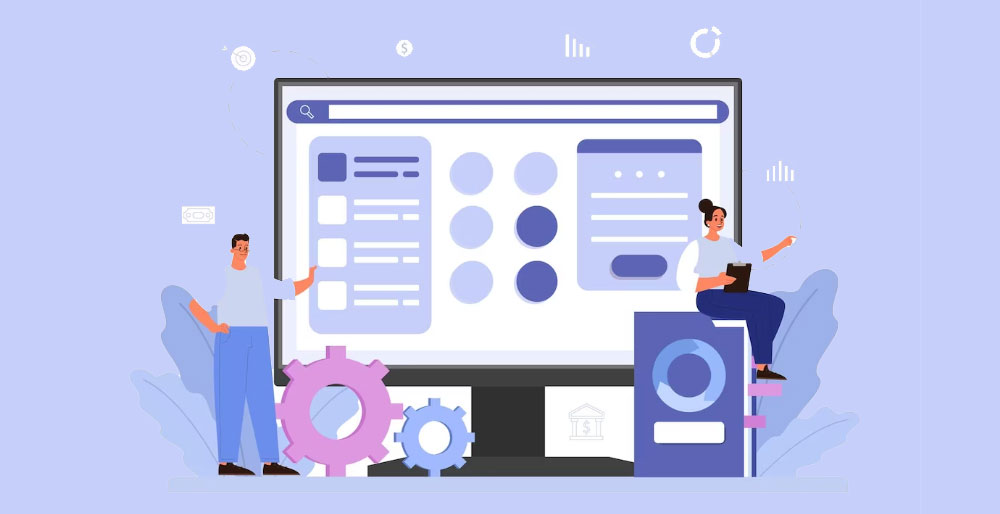Mastering Product-Led Onboarding for New Users

Ever had that “Aha!” moment when everything just clicks? It’s pure gold, isn’t it? Well, imagine injecting that same moment into every twist and turn of your software’s first-time user experience.
We’re deep-diving into the power surge behind product-led onboarding—a strategy sparked to life by the very genius of your digital offerings.
Forget old-school tutorials that snooze you to the last click.
Here, it’s all about a user’s smooth sail from “Newbie” to “Ninja”, without the SOS to customer support. It’s your product, laying out the welcome mat and doubling as a tour guide that’s never off duty.
By the closing bracket of this article, anticipate a treasure chest of insights: from crafting intuitive user journeys to leveraging behavioral analytics.
Let’s unfold the onboarding process that can skyrocket user adoption rates and make churn rates a tale of yore.
Prepare for a customer journey through interactive onboarding that not only engages but transforms every interaction into a retention strategy. Welcome to the new era of onboarding—where the product leads, and success follows.
Key takeaways
- Action-Driven Flows: Design onboarding flows that are action-oriented, guiding users to take actions that demonstrate the value of your product and how it can improve their lives.
- Removing Unnecessary Friction: Ensure that the user journey is as smooth as possible, minimizing any friction to create an enjoyable onboarding experience.
- Providing Support During Onboarding: Offer necessary support channels such as live chat, help documentation, or prompt customer service to assist users during onboarding.
- Continual Onboarding: Onboarding is an ongoing process that includes educating users about new features and updates to keep them informed and engaged.
Understanding Product-Led Onboarding
The Concept of Product-Led Growth

So, we’ve been chatting about product led onboarding. But, there’s another cool buzzword that goes hand-in-hand with it, and that’s product-led growth. What’s this about?
Well, think about those products that are so darn good, they pretty much sell themselves. That’s what product-led growth is about. It’s when the product is so intuitive, so beneficial, that it fuels its growth through user satisfaction and word-of-mouth.
The Role of Onboarding in Product-Led Growth
Alright, so we understand product-led growth. But, where does onboarding fit in?
Imagine you’ve just bought a new gadget, but it came with no instructions. Confusing, huh? That’s where onboarding steps in, acting like a tour guide, showing users around your product, highlighting its best features, and making them say, “Wow, this is just what I needed!”
By helping users get comfortable and find value in your product quickly, onboarding plays a critical role in product-led growth. The sooner users see your product’s worth, the quicker they are to recommend it to others. And there, my friends, is your growth recipe!
The Shift from Traditional to Product-Led Onboarding
In the past, onboarding was more like a one-size-fits-all manual or a lengthy, often boring training session. But, times are changing, my friends. Today’s users prefer to learn by doing, exploring, and interacting. They don’t want to wade through endless text or sit through tedious walkthroughs.
This is where the shift to product led onboarding has emerged. Instead of dictating each step, product led onboarding encourages users to explore and learn at their own pace.
It’s about embracing the idea of “show, don’t tell,” allowing users to uncover the value of the product on their own, making the whole learning process way more fun and engaging.
And guess what? The benefits aren’t just for users. For businesses, product led onboarding means quicker user adoption, higher retention, and ultimately, increased growth. How cool is that?
Principles of Product-Led Onboarding

Okay, let’s get down to the meat of it. There are a few principles that guide successful product led onboarding. Let’s explore them one by one.
Marketing Onboarding: Making the Unfamiliar Familiar
Think of marketing onboarding as your product’s first date with the user. You want to make a good impression, right?
This phase is all about getting users acquainted with your product. It’s your chance to highlight the best parts, show how it works, and let them know why it’s going to make their life better.
Platform Onboarding: Familiar to the Freemium User
Once users have dipped their toes in, it’s time to get them more comfortable. This stage is all about moving users from the outskirts to becoming more familiar and comfortable with your product. Think of it as moving from acquaintances to good friends.
Value Onboarding: Freemium to Paid User
Now, this is a critical stage. You’ve got users interested, but how do you move them from just being interested to actually paying for your product?
It’s about demonstrating undeniable value. Show them why your product is worth their hard-earned money.
Peer-Led Onboarding: Paid User to Product Champion
The final stage is where users become not just customers, but advocates for your product. It’s when they love your product so much that they can’t help but tell their friends about it.
This is the ultimate goal of product led onboarding: to turn users into champions who fuel your product’s growth.
Steps to Effective Product-Led Onboarding
We’ve laid the groundwork, and now it’s time to get into the how-to’s of creating a killer product led onboarding experience.
Knowing Your Ideal Customer Profile(s)
First things first. Who are your users? It’s crucial to get this clear before anything else.
Understand their needs, their pain points, what they expect from your product. This will help you tailor your onboarding process, making it more effective.
Looking at What Others Are Doing
There’s no harm in learning from the best, right?
Check out successful companies that have aced their onboarding process. Analyze their strategy, their techniques. But remember, don’t just copy blindly. Adapt and tailor to fit your unique product and user needs.
Starting from Public-Facing Content
Your website, blog, social media platforms – all of these are the first interaction points for users. This is where the onboarding process subtly begins. Make sure the content here is engaging, and it piques user curiosity to try out your product.
Welcoming and Understanding Your Users
The first interaction within your product should be warm and welcoming. Understand why your users are here, what they’re hoping to achieve. Then guide them in a way that helps them realize these goals.
Identifying Your Aha Moments
Every product has some moments where the user thinks, “Wow, this is great!” These are your ‘Aha’ moments. The sooner you guide your users to these moments, the quicker they’ll see the value in your product.
Driving Towards the Aha Moments
After identifying your ‘Aha’ moments, the next step is to guide your users towards them. Make it easy and exciting. The quicker they get there, the more likely they are to stick around.
Removing Unnecessary Friction
Nobody likes hiccups, right? Make the user journey smooth. Remove any unnecessary steps, any confusion. The easier it is for users to navigate, the better the onboarding experience.
Combining In-Product Onboarding with Email Onboarding
Onboarding isn’t limited to your product. Emails are a great way to supplement the onboarding process. Share tips, celebrate user progress, nudge them if they’re stuck – all while driving them back to your product.
Never Stop Onboarding
This is crucial. Onboarding isn’t a one-time thing. As you release new features, as your product evolves, continue guiding your users. This helps keep your users in the loop and engaged.
Implementing Product-Led Onboarding

Alright, now that we know the steps, let’s talk about how to put all this into action.
Setting Onboarding Goals
Just like any other strategy, your onboarding process needs to have clear, measurable goals. What do you want your users to achieve at the end of the onboarding process? Keep these goals in mind while designing your onboarding experience.
Building Action-Driven Flows
Your onboarding flow should be action-oriented. Guide your users towards taking actions that highlight your product’s value. Remember, the goal is to make them see how your product makes their life better.
Removing Unnecessary Friction
Yes, we’ve talked about this before. And we’re saying it again because it’s so important. Make the user journey as seamless as possible. The smoother the path, the more enjoyable the onboarding experience.
Providing Support During Onboarding
Even with a fantastic onboarding process, users might have questions or face issues. Ensure they have the necessary support during onboarding, whether it’s through live chat, help docs, or prompt customer service.
Continual Onboarding for New Features and Users
Onboarding doesn’t stop once a user becomes a paying customer. New features, new updates – these all require onboarding as well. Keep your users informed and engaged.
Challenges and Solutions in Product-Led Onboarding
Alright, so far, we’ve seen some successful examples. But product led onboarding is not without its challenges. Let’s talk about a couple of these challenges and some solutions.
Common Mistakes in Self-Serve Onboarding
When it comes to self-serve onboarding, one common mistake companies make is bombarding the user with too much information too soon. This can overwhelm the user and create a bad first impression.
Another mistake is not giving the user enough guidance. Yes, self-serve onboarding is about letting users explore at their own pace, but some guidance is still necessary, especially in the beginning.
Solutions and Best Practices
Now, how do we solve these challenges?
First, make sure your onboarding process is paced appropriately. Don’t throw all the features at the user at once. Introduce features gradually, and at the right moments.
Second, ensure you provide clear, concise guidance. Use tooltips, walkthroughs, and other in-app guidance tools to help users navigate your product.
Lastly, make sure you’re listening to user feedback. Their struggles and suggestions can provide valuable insights into improving your onboarding process.
FAQ On Product-Led Onboarding
What Exactly is Product-Led Onboarding?
Well, it’s like your product grabs the wheel and drives the new users itself. It’s a sleek process whereby your software’s design and features guide them through the initial learning curve. Picture this: fewer “How do I?” tickets and more “Wow, that’s cool!” moments.
How does it Differ from Traditional Onboarding?
Traditional onboarding’s like a classroom lecture; someone talks at you about what to do. Product-led? It’s the lab session. Users dive in, hands-on, with your product’s intuitive design nudging them along the way—no hand-holding necessary.
Why is Product-Led Onboarding Crucial for SaaS?
SaaS is a crowded marketplace, right? Product-led onboarding cuts through that noise. It directly showcases the product’s value, accelerates user activation, and scales up customer acquisition—without a massive sales team!
What Impact Does Product-Led Onboarding Have on User Retention?
Huge impact! First experiences stick. If users find value fast, they’re here to stay. Product-led onboarding turns initial curiosity into a habit. That’s solid gold for retention strategies.
Can Product-Led Onboarding Actually Reduce Churn?
Absolutely. It’s like preventative medicine for churn. Deliver value faster and users won’t just stay; they become loyal fans who might even evangelize your product. Lower churn rates and higher lifetime value? You bet!
What Role Does User Experience Play in Product-Led Onboarding?
Think of user experience as the grandmaster of onboarding. It’s crafting those “aha!” moments at every click, swipe, or tap, making sure the user’s journey feels more like a joyride. Good UX means they’ll love the ride and want to take it again.
How Do You Measure the Success of a Product-Led Onboarding Approach?
It’s all in the metrics. Activation rates, feature adoption, engagement levels, and retention rates. Keep an eye on these, and you’ll see if users are getting value or just wandering around.
Are there Specific Tools for Product-Led Onboarding?
Sure, there are. Onboarding software’s gotten real smart, brimming with interactive guides and walkthroughs. They’re the architects behind those seamless, self-service onboarding experiences that users can’t help but rave about.
How Important is Personalization in Product-Led Onboarding?
Personalization? Non-negotiable. It’s like welcoming someone to a party and knowing their name, and their favorite drink. Customized journeys make users feel understood—and seen. That connection? It’s the glue that keeps them sticking around.
What’s the Future of Product-Led Onboarding?
It’s the frontline of innovation in user engagement. Expect smarter analytics, sharper personalization, and ever more seamless interaction. It’s not just about being user-friendly; it’s about being user-first. The future? It’s looking pretty bright from here.
Conclusion
So, we’ve sailed across the digital sea of product-led onboarding and anchored at the real talk—its raw impact on the modern user journey. It’s all about letting the product be the pathfinder while folk’s instincts take the wheel, steering through interactive guides and self-discovery.
- Catch the magic? It’s seamless.
- The takeaway? Essential.
As the sun sets on our little expedition, here’s the nitty-gritty: This isn’t just a fleeting trend. It’s the uprising of a user-first approach where intuitive design meets ingenious user retention strategies. Guided tours and onboarding best practices? They’re now part and parcel of fostering that golden user experience, and they’re rewriting the playbook on customer engagement from scratch.
In the grand tapestry of SaaS onboarding, those authentic “Eureka!” moments are the threads that bind users to your product. Embrace product-led onboarding and watch users not just land but launch.
If you liked this article about product-led onboarding, you should check out this article about product validation.
There are also similar articles discussing user adoption strategies, product monetization strategies, product branding, and product documentation.
And let’s not forget about articles on product-led sales, product iteration, PLG vs SLG, and product management with Monday.
- Edit Videos on the Go: Best Apps Like iMovie - May 5, 2024
- Top 7 Ways Outsourcing eCommerce Customer Service Can Increase Your Sales - May 5, 2024
- Animate with Ease: Top CSS Animation Libraries Today - May 5, 2024








